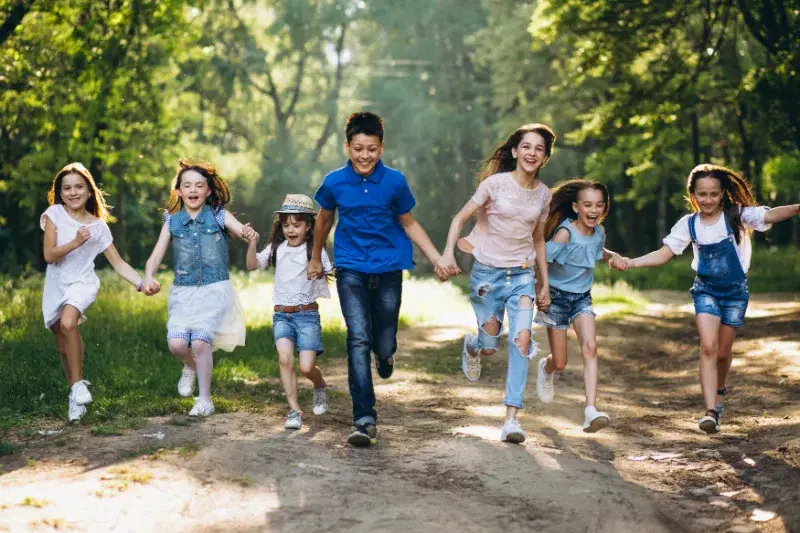The 2018 Office for National Statistics data states that around 13% of young people meet the clinical criteria of a mental health disorder; about 20% of young people with mental ill health wait more than 6 months to receive care from a specialist. Startling statistics that do not take into account the effects of the Coronavirus pandemic, which has no doubt made matters worse.
What are the Risk factors and Protective factors for mental health issues?
There are certain Risk factors that make young people more vulnerable to mental health issues.
For example, physical or mental disability, ethnicity, sexuality, economic stress and family stress can all lead to problems of bullying, lack of confidence, low self-esteem, anxiety and depression.
But there are also Protective factors such as family support, community support and support in terms of cultural and sexual identity, which help to increase confidence and self-esteem.
How can we identify mental health issues?
Signs and symptoms of mental health issues may be emotional, behavioural or physical.
- Emotional signs: irritability, anger, agitation, withdrawal, tearfulness, anxiety
- Behavioural signs: missing school, lack of self-care, avoidance of people and places, secrecy
- Physical signs: tiredness, aches and pains, weight change, scruffy appearance
Many of you will recognise a lot of these signs and symptoms as part of normal adolescent development – for example secrecy may just be due to developing independence, but it could also indicate alcohol/drug use or eating problems. Overall functioning is a helpful way to distinguish between normal and worrying behaviour, so if the young person is attending school/college, spending time with friends, enjoying activities then it is likely that they are doing OK.
More serious signs are self-harming and eating disorders.
- Self-harm is a behaviour which is a coping strategy and brings a relief from emotions. It is not attention seeking, as the behaviour is often hidden, but it brings a feeling of self-control to a troubled mind.
- Eating disorders can be considered a type of self-harm. It is normally driven by emotional problems or distress and is often associated with perfectionism or low self-esteem.
If these behaviours become severe, thoughts of suicide may become an issue and professional help must be sought. The advice given by the Mental First Aid Association is that this needs to be talked about in a direct way, however difficult that may seem so parents/carers may need to get professional help too.
How do we talk to young people about these issues?
Find an appropriate time and place to talk – on a car journey is a good place as eye-contact is avoided.
Avoid blame – it is not the young person’s fault they feel anxious or upset
Recognise what is being done right – praise them for positive actions
Boost self-esteem – help them to recognise their coping mechanisms, what is working
Encourage support – professional or other support
How can we help?
It is important that children and young people understand that some level of anxiety is normal, and indeed good for us. It is helpful for them to recognise where the source of stress is coming from.
We can talk about a ‘Stress Bucket’ and examine what is going in the stress bucket – is it school, friendship group, family stress, and identify what can be changed.
We can discuss what will help them to cope better with the things that cannot be changed such as relaxation, exercise, listening to music, reading, walking, creativity, hobbies etc
How does Solution Focused work help?
Solution Focused (SF) work is very helpful when working with children and young people, and it is widely used by the NSPCC. With SF, the young person is encouraged to imagine a future without the problem and create solutions to move towards that future. It is a very positive therapy and the approach can be modified to fit in with the young person’s interests, skills and preferences. The young person discovers what is working and identify their resources and strengths.

